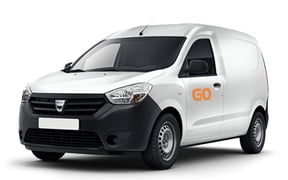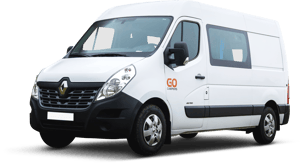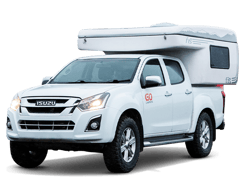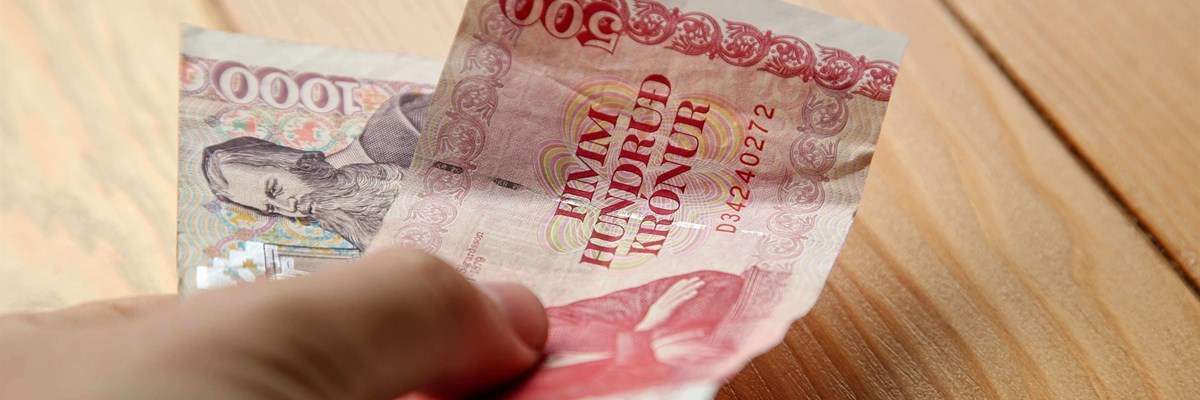
Iceland money: Everything You Need to Know
When planning your trip to Iceland, understanding the local currency and how to manage your finances is crucial. Equally important is choosing the right services for your journey, including Iceland campervan rentals. Our comprehensive guide on Iceland campervan rentals offers valuable insights into selecting the perfect vehicle for your adventure. With the right campervan, you'll have the mobility and comfort to explore the country with ease. As you delve into the details of managing Iceland's currency and expenses, consider the convenience and flexibility of campervan rentals for a memorable journey. With Iceland campervan rentals, you can focus on enjoying the stunning landscapes and unique experiences while we take care of the logistics.
Take advantage of your budget for your trip to Iceland
Notoriously expensive, more zeroes than you’re used to, an almost cashless society. So just how does money work in Iceland? And how expensive is Iceland, really?
The answer is very. Iceland is one of the most expensive countries in the world; you will be shocked by how expensive things are. But there are ways to prepare yourself to make sure that you are responsible with your budget and don’t blow it all out on a dinner.
The Icelandic Krona
Iceland's money is called the Icelandic Krona (ISK). Be sure to check out the current exchange rate before you arrive, and to prepare yourself accordingly because once inside the country things can get expensive.
Why is Iceland so expensive though? The geographical nature of the country, isolated and hostile in the far North Atlantic, means that it needs to import a lot of goods. There are also very high taxes on these imports, driving prices up further.
Another factor is the volatile Icelandic economy, which is easily troubled by events, strengthening or weakening the krona much more so than it would in America or Europe. The central bank of Iceland is very protective of its currency.
The (Almost) Cashless Society
Carrying any currency in Iceland is a rare thing for most locals, who rely altogether on their bank cards. Even at the remotest campsites with no one else about, there will likely be a credit card machine to take payment from you.
One problem that arises quite often, mostly with cards from the United States, is filling up your campervan at an unmanned petrol station. Here you obviously must pay with a card, and you must have a pin number to put in for the payment to be authorized. A lot of American cards are signature only, so if that’s the case, make sure to stop in at a manned gas station and buy a pre-paid gas card to use later.
Even though nearly everywhere accepts cards, it does always pay to have a little bit of cash on you (you can withdraw some cash at the airport when you arrive). If you visit a remote hot spring, there might be an honesty box on site asking for a small donation, put towards keeping the pool and facilities clean. There are also some bathrooms at the major tourist sites that charge a small fee (think 100 – 200 ISK).
Note that American Express is not widely accepted in Iceland.
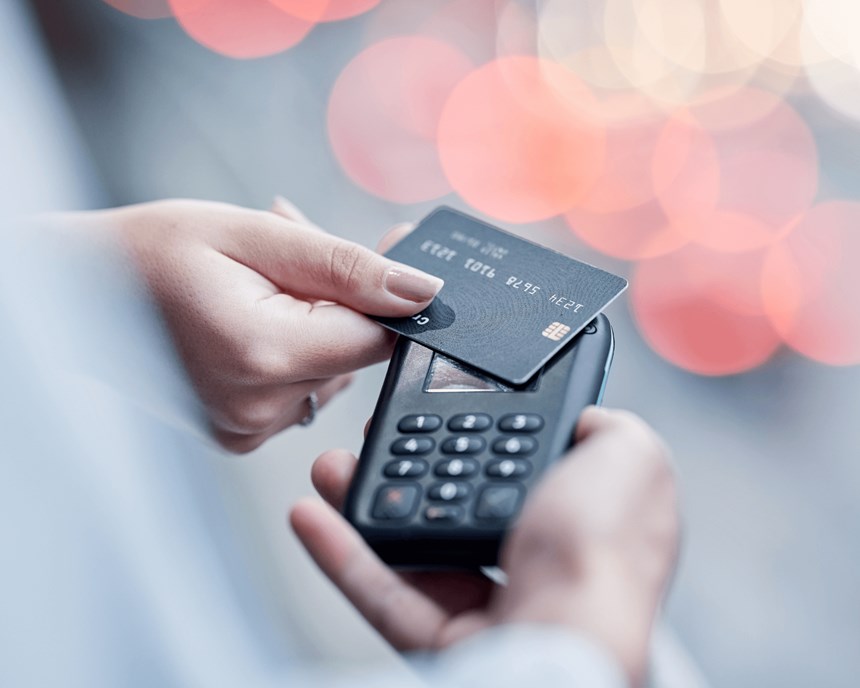
Exchanging Money for Icelandic Kroner
If you’ve brought a lot of your own currency into the country, you might need to exchange it for Icelandic currency (USD isn’t accepted inside the country). It’s best to do this at the airport – there is a small desk currency converter desk in the arrivals hall. Otherwise, you’ll have to make a trip into downtown Reykjavik and wait in line at a bank, which is not high on the list of things people want to do when they first pick up their campervan.
Currency Rates: $10 USD = 1,400 ISK

Do you tip in Iceland?
Iceland has never been a country where tipping is expected. Wages are high, the average income for Icelanders is one of the best in Europe, and all service fees are already included in the prices. However as of late, tip jars have started to appear in restaurants and bars around the country, and the money collected is usually put towards the yearly party for the workers.
In restaurants, rounding up the bill if the service was good is appreciated, but not required. Taxis are the same – no one will be offended if you leave them a small tip, even if it’s just to make it a more rounded price. Any added tax is also included in the total price.
The Costs of Some Common Things in Iceland
- Space at a campsite: 1500 – 2000 ISK (be warned that some campsites charge per campervan, others charge per person).
- Entry to a local swimming pool: 400 – 1000 ISK.
- Burger, fries, and a drink: 2500 – 3500 ISK.
- Hot dog from a gas station: 400 – 600 ISK.
- A tank of fuel for the GO Smart Camper 2-pax: 6000 – 7000 ISK.
- Clothing souvenirs (Icelandic woolly sweater): 20,000 ISK.
8 Tips for Saving Money in Iceland
- Bring a reusable water bottle. Water in Iceland is some of the cleanest in the world, and you can fill up your bottle right out of the tap (and even some rivers).
- Buy your alcohol duty-free. When you arrive, buy any alcohol you plan to drink at the airport before you leave the luggage collection area. It's much cheaper than what you’ll pay inside the country.
- Seek out the free hot springs. The Blue Lagoon and Myvatn Nature Baths both cost quite a bit to get in (although they are very cool). If you want to save a bit of money, keep an eye out for the more natural hot springs, smaller and free of charge. Here are The 10 Best Hot Springs in Iceland.
- Hunt the happy hours at the bars. If you’re spending a night or two in Reykjavik or Akureyri and want to visit some bars, be sure to look up when the happy hours are so that you’re not breaking the bank on a few beers.
- Do your grocery shopping. Eating out in Iceland is almost prohibitively expensive. Be smart and stock up at the grocery store for your campervan trip.
- Travel in the off-season. Prices for everything are lower outside of the Icelandic summer. Think about planning a trip for the off-season instead (from September until May). Here's The Best Time to Travel to Iceland and Rent a Campervan
- Make use of the fuel discount card. We at Go Campers will give you a fuel discount card that you can use at some of the gas stations around the country. It’s only a little bit, but every little bit helps.
- Do some tax-free shopping in Iceland. Iceland has a tax-free shopping arrangement. Simply ask for your tax-free receipts at stores and turn them in at the airport for a refund.
Related articles
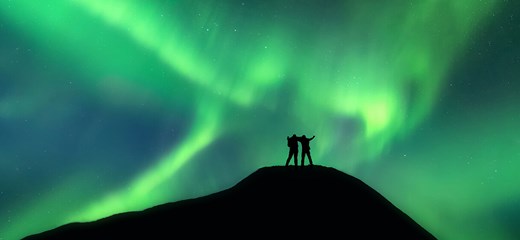
The 10 Best Places to See the Northern Lights in Iceland
The northern lights in Iceland appear everywhere, but some locations are a little bit more magical than others. Find out where inside.
Read more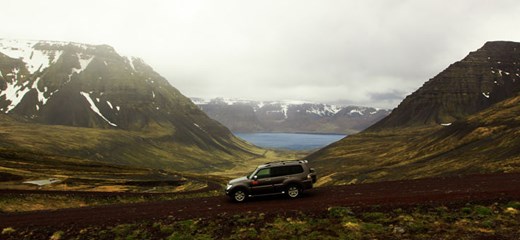
The Go Campers Guide to the Westfjords
The Westfjords of Iceland is where the extremes of the country all collide. Soaring table-topped mountains emerge from silent fjords, where only a handful of towns cling to the coast line and a traditional way of life.
Read more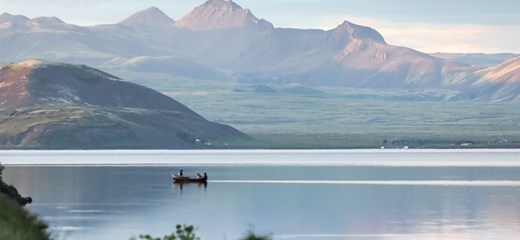
National Parks in Iceland
Explore Iceland's national parks with our guide to the country's three protected areas. Discover majestic waterfalls, glaciers, and much more.
Read more James Taylor
James Taylor